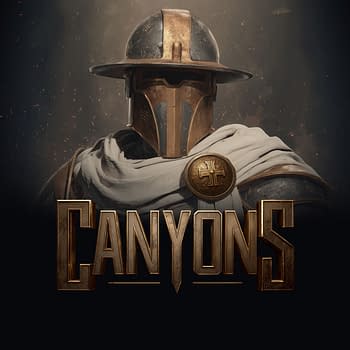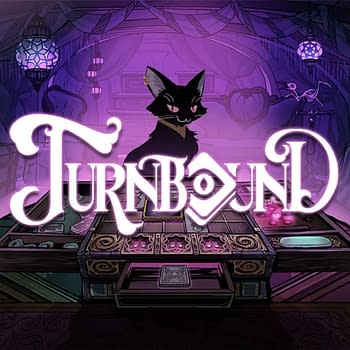Posted in: Card Games, Games, Magic: The Gathering, Tabletop, Wizards of the Coast | Tagged: Archenemy, magic, Magic: The Gathering, MTG, Scheme, TCG, wizards of the coast, WotC
Magic: The Gathering: Archenemy, Pt. 9: Calamity & Carnage Prevail
Welcome, all players, collectors, and fans of Magic: The Gathering, the premier collectible trading card game designed, developed, and produced by Wizards of the Coast! Over the past few weeks, we have gone over some really interesting schemes for the Archenemy format, a 3-on-1 game that pits you, the titular Archenemy, against three "heroes" who think they can stand a chance against you. Their goal is most definitely to enforce the status quo and maintain multiversal order, but what happens when society begins to crumble around them? That's what we will be looking at through our analyses of the next three schemes in the list from the original release of the first Archenemy product in 2010. Are you thrilled? Let's go!

If you're unfamiliar with our series, here is how we evaluate and summarize these oversized scheme cards:
All Schemes will be grouped according to the overall role they play: These groupings are categorized as such:
Disruption: The Schemes take something from your opponents (and only them) that doesn't exist on the battlefield. This could be cards in hand, life, or choices like the ability to attack or cast spells.
Global: These Schemes impact each player with less disparity than the other Schemes in the game. Usually there will be an even effect for each player including the archenemy and/or their opponents, for a certain duration or instantaneously.
Removal: These Schemes remove opponents' permanents from the battlefield. These are rather self-explanatory, but could include the need for an opponent to make a tough decision.
Tempo: These Schemes give you as the Archenemy (and only you) some sort of expedited value, such as ramp, cards drawn, or even an extra turn, to name a few examples.
Value: These Schemes give you as the Archenemy (and only you) something such as tokens or cards put onto the battlefield, to name a few resources potentially granted this way. This does not include resources such as sources of mana or drawn cards, however.Next, the Schemes will be grouped further on a scale of 1-10 in terms of how well they do their job in the role provided, with 1 being rather underpowered and 10 being broken.
(For example, All In Good Time is a 9/10 for a Tempo Scheme, while Approach My Molten Realm is a 3/10 for a Global Scheme.)
Let's go, there's only so much time to get this show on the road!
#25. May Civilization Collapse
May Civilization Collapse (Removal, 7/10) is another "self or others"-style scheme. This is normally a bit of a hassle for the Archenemy to make use of due to the choices that it provides to their opponents, but the lasting zeitgeist of most multiplayer Magic: The Gathering formats is that mass land destruction is bad. This is probably the biggest thing this scheme has going for it in that those effects are strong, but also nobody wants to make that sort of choice for themselves (much less their teammates) for that social reason, so they're more inclined to remove their own lands as a means of upholding the social meta-norm. It's messed up, but it's true. And besides, the Archenemy is inherently messed up too.
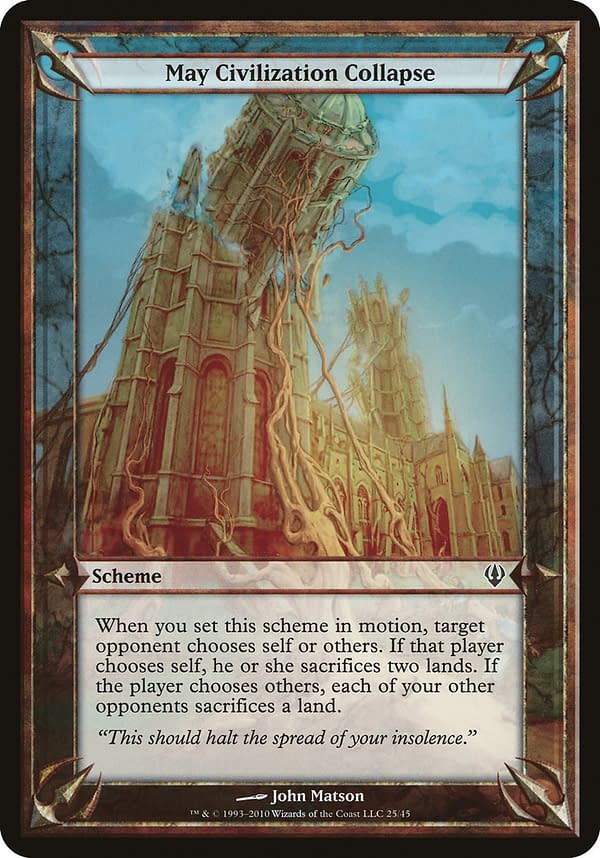
#26. Mortal Flesh is Weak
Mortal Flesh is Weak (Disruption, 9/10) is one of the best demotivators for the opposing team when you're the Archenemy. As it stands, Repay In Kind is a strong enough effect to cost 7 mana. This scheme is free, and isn't completely symmetrical! Furthermore, the art, illustrated by Howard Lyon, is brutally metal. It's a wonderful card, and we would absolutely run it in a scheme deck especially when not all of the heroes' decks are focused on lifegain.
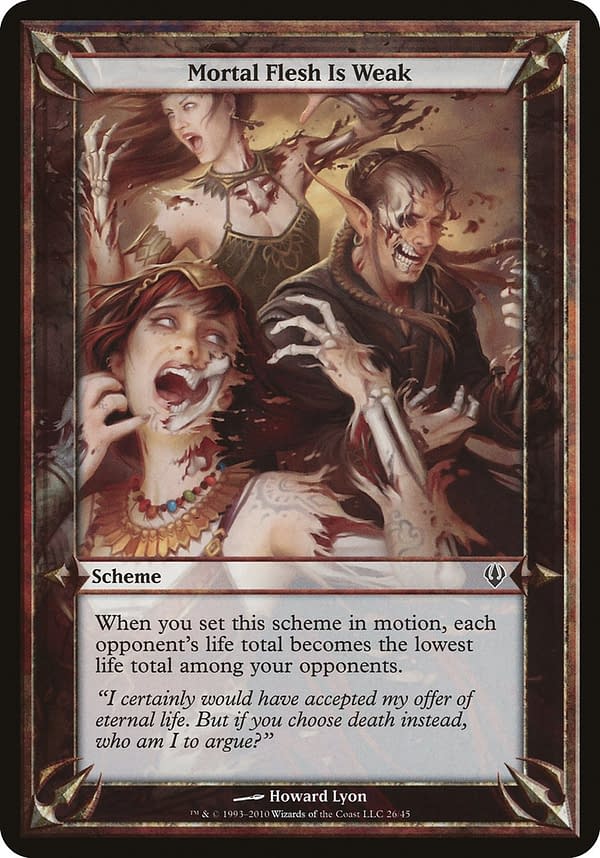
#27. My Crushing Masterstroke
My Crushing Masterstroke (Tempo, 8/10) is a weird scheme to categorize with our system, admittedly, and it could just as easily count as a Removal or Value scheme, albeit a temporary one. However, because of the way that you could potentially utilize your opponents' cards and leave your opponents unable to use them during that turn, Tempo makes just a smidge more sense. The reason this scheme is not rated a little higher is that it is remarkably dependent on your opponents' collective board states, but it's able to take a ton of things from them and possibly break them wide open. Aristocrats and the like, beware!
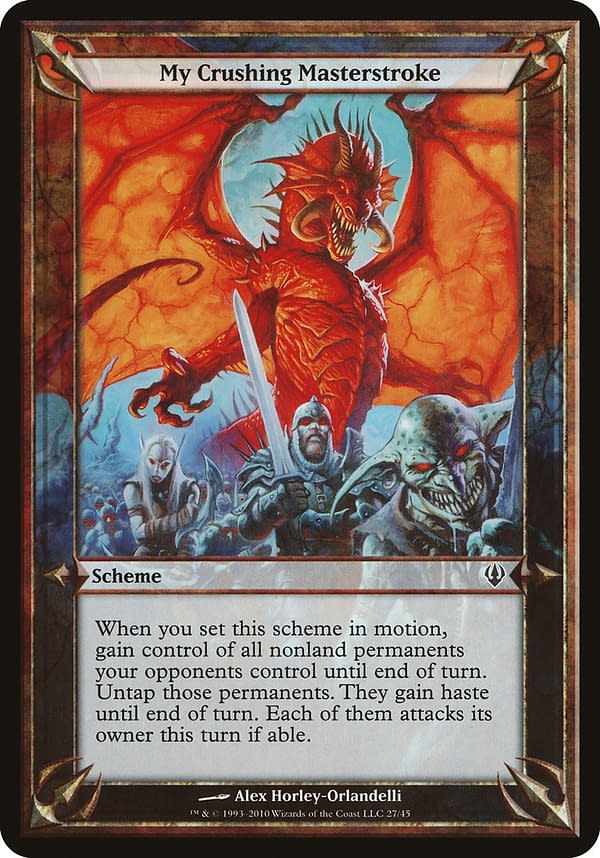
What do you think? Are our analyses of these Archenemy schemes accurate? Should Magic: The Gathering reprint these oversized cards? Let us know your thoughts and opinions in the comments below!









